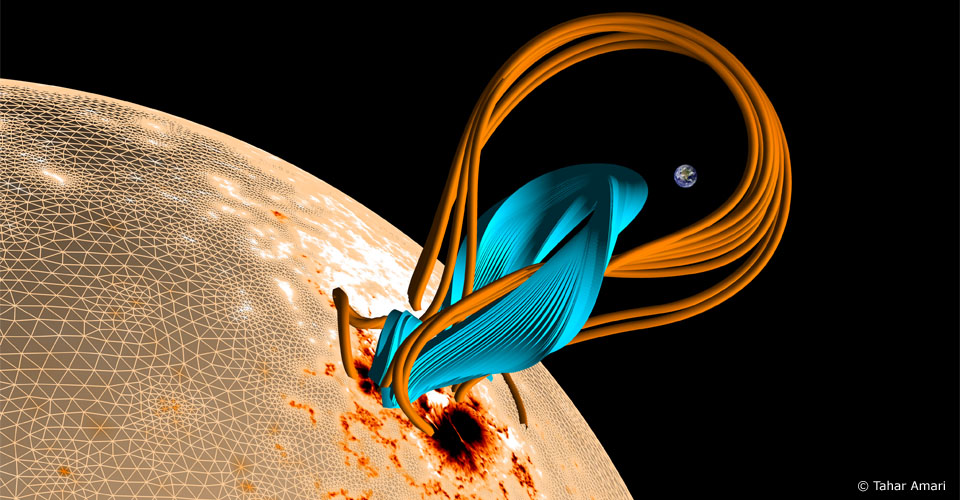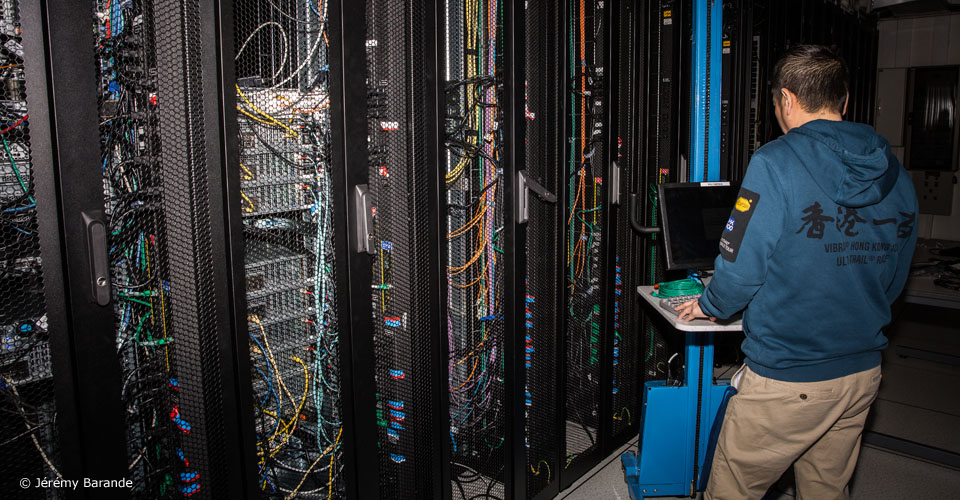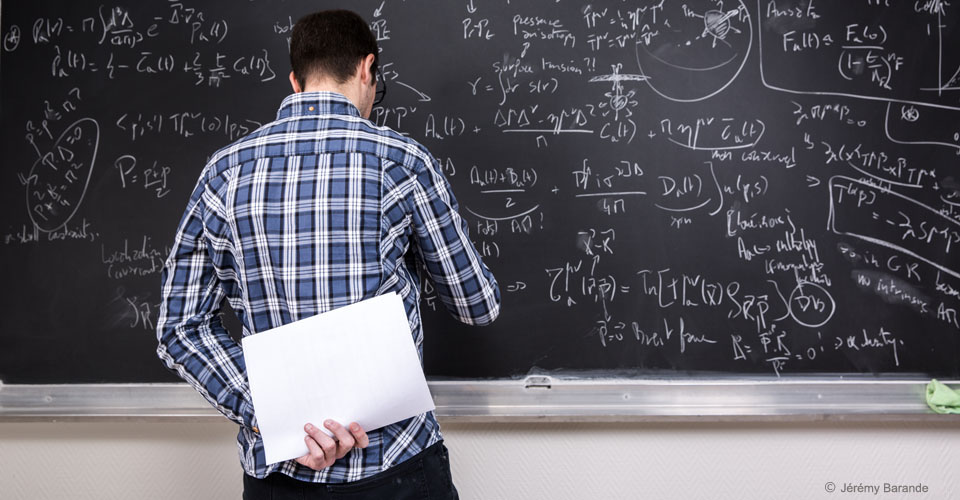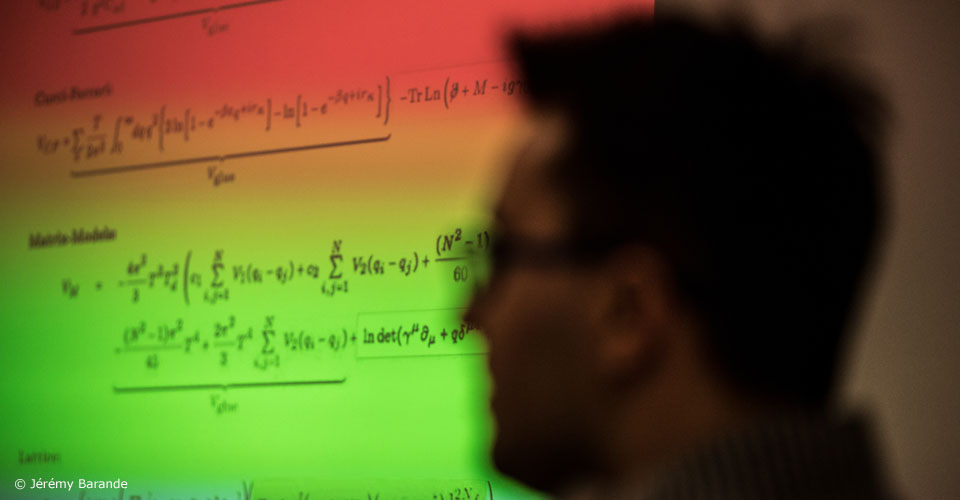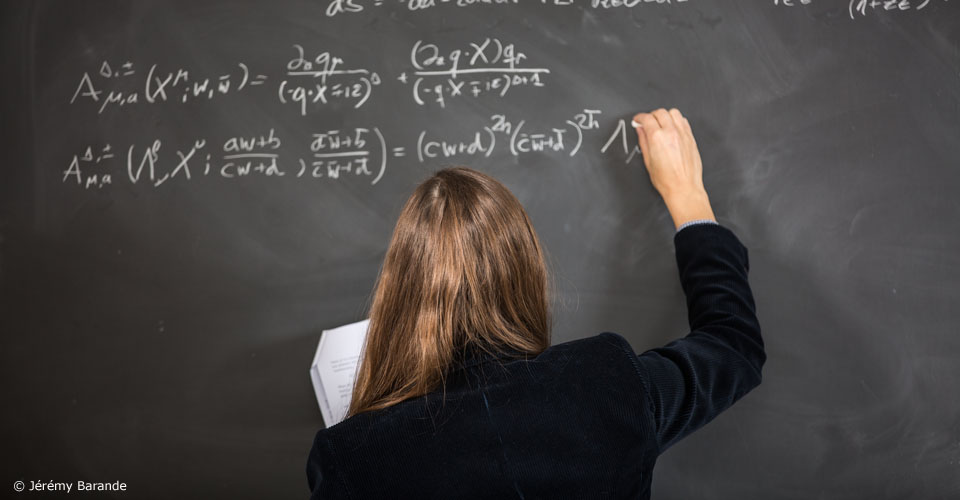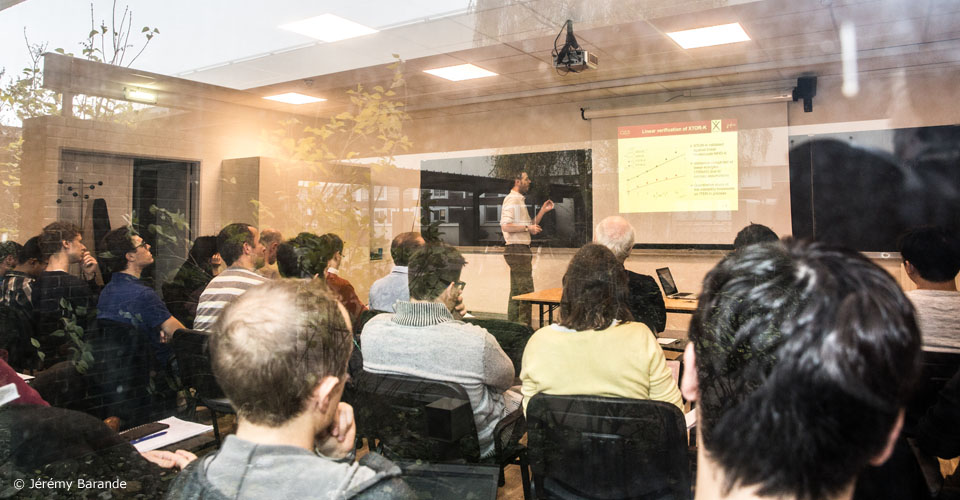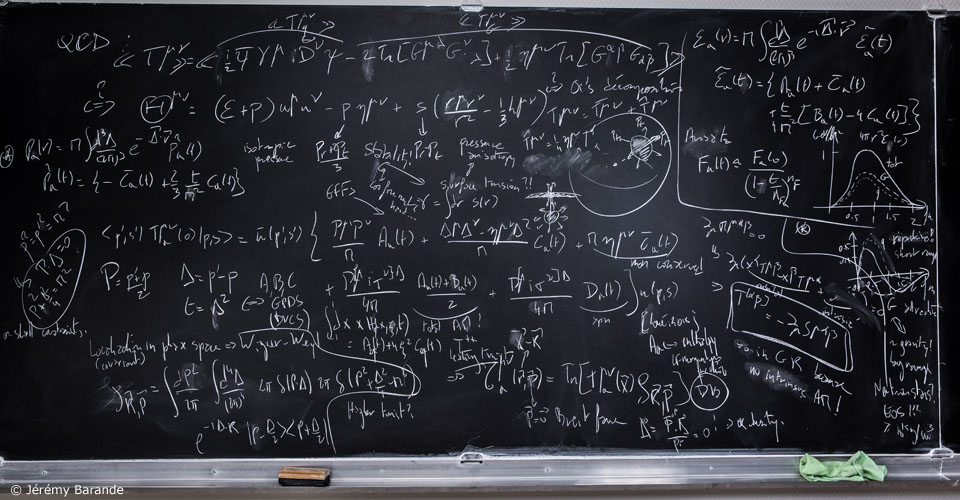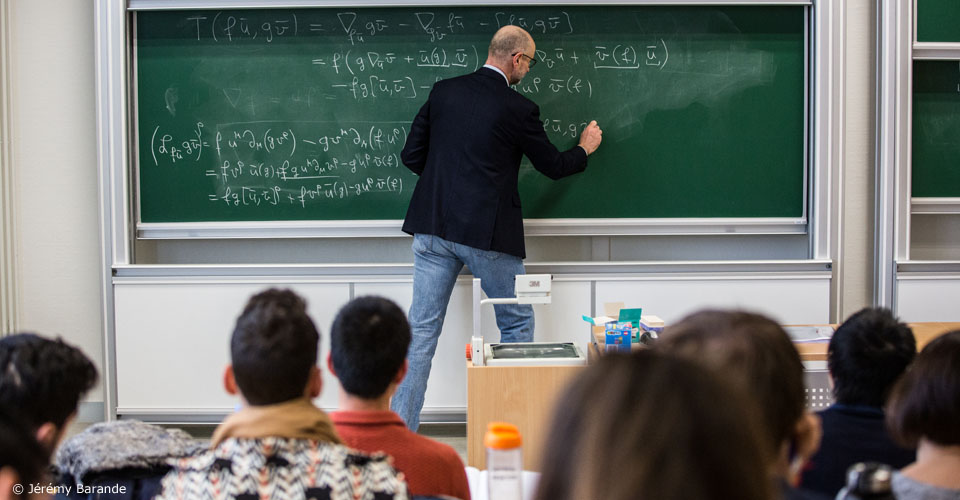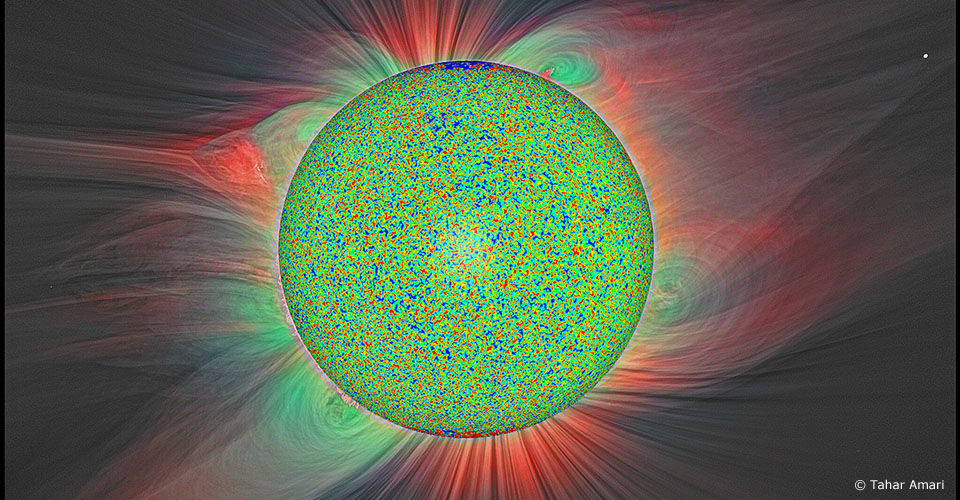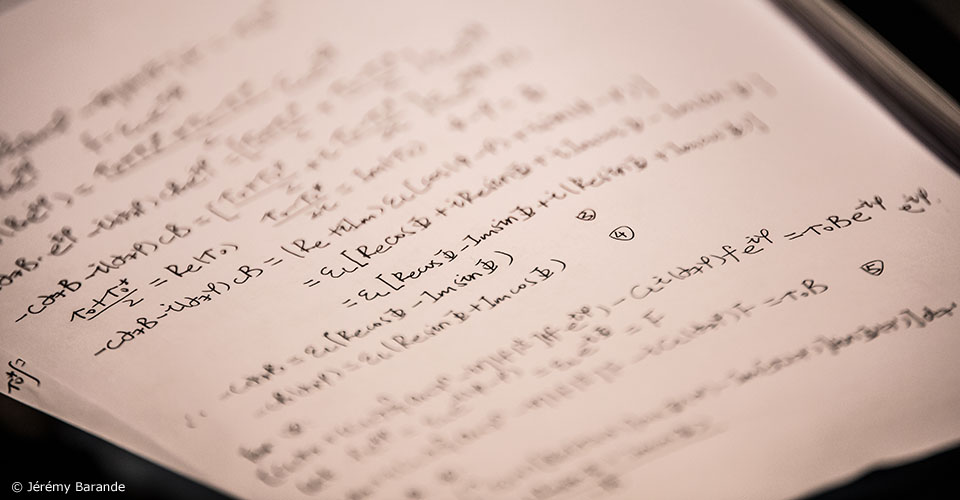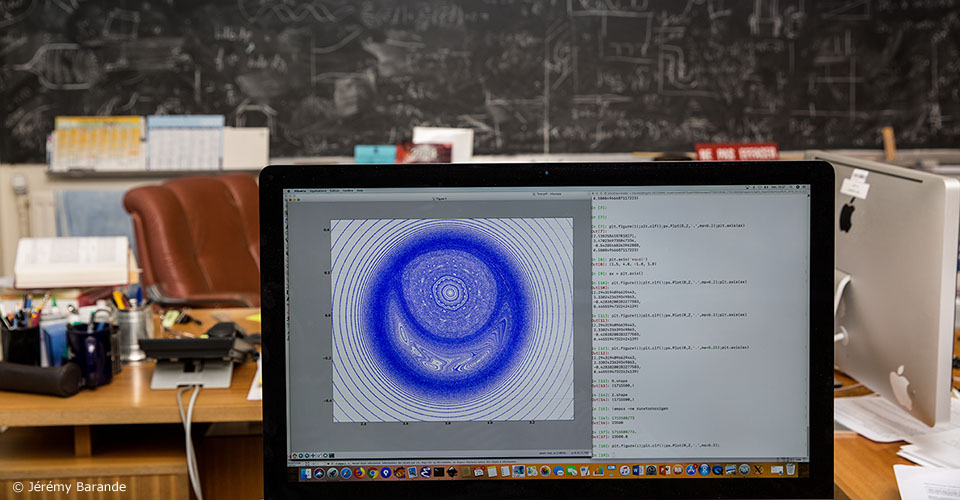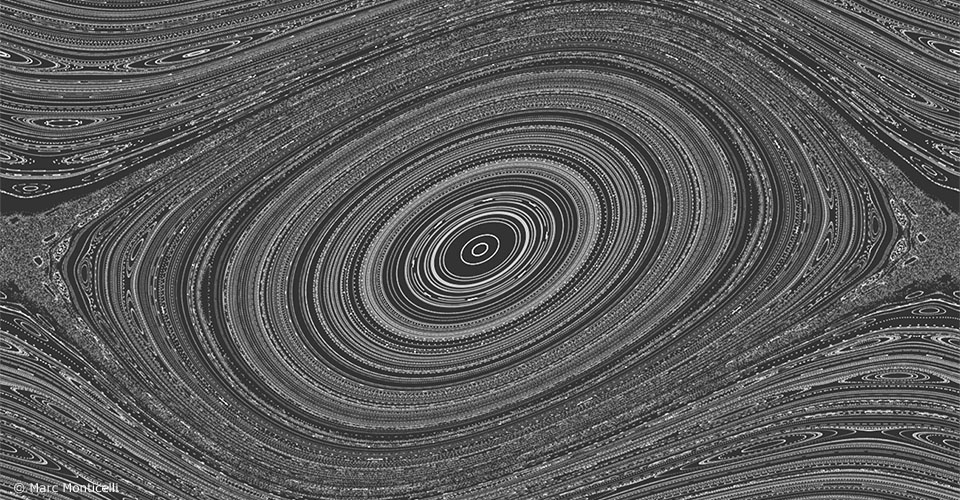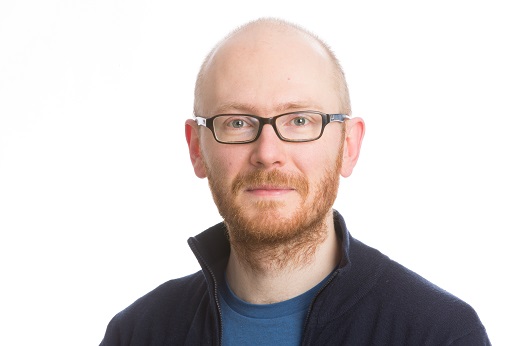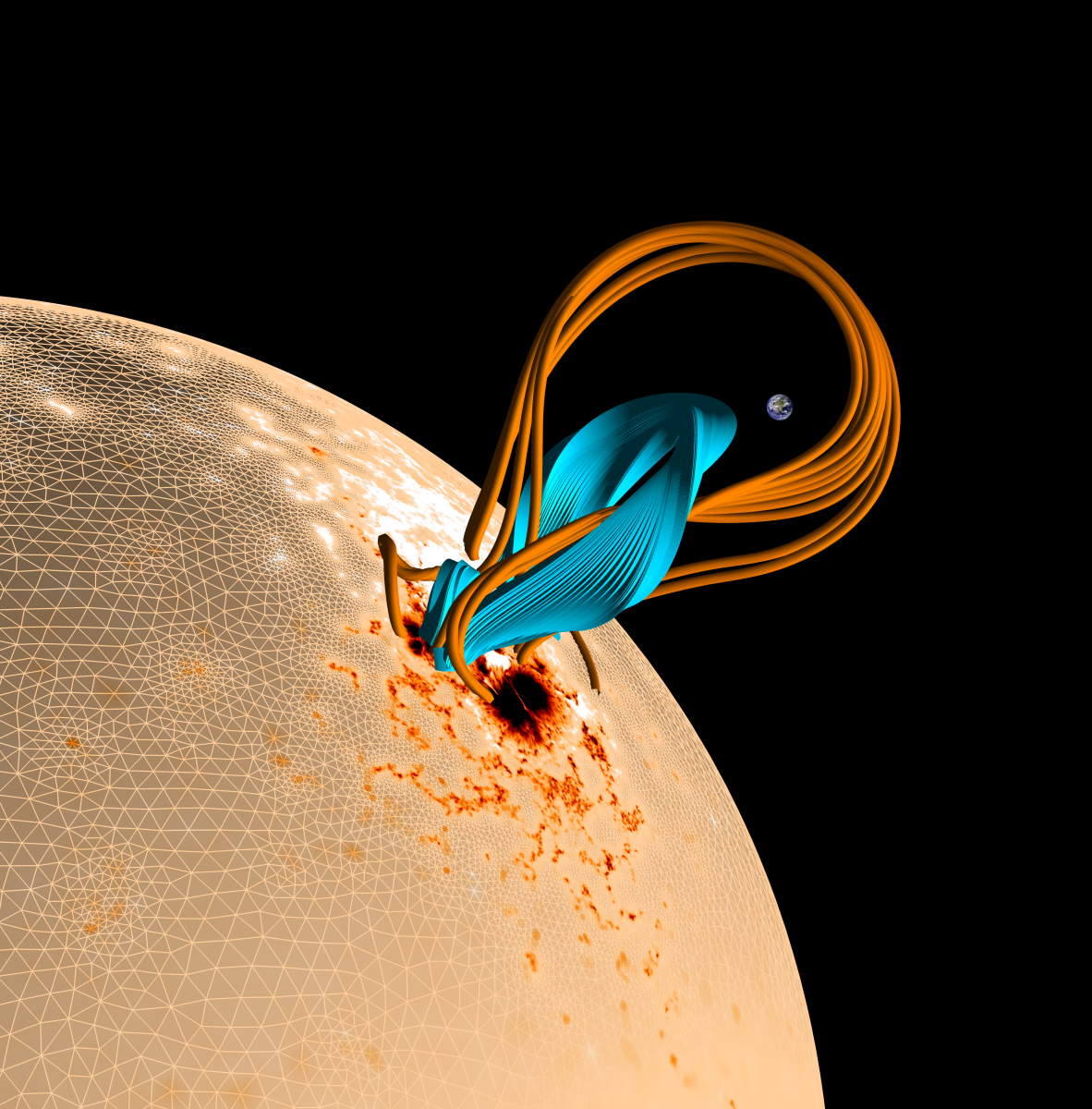Journée des Thèses du CPHT 15 novembre 2018
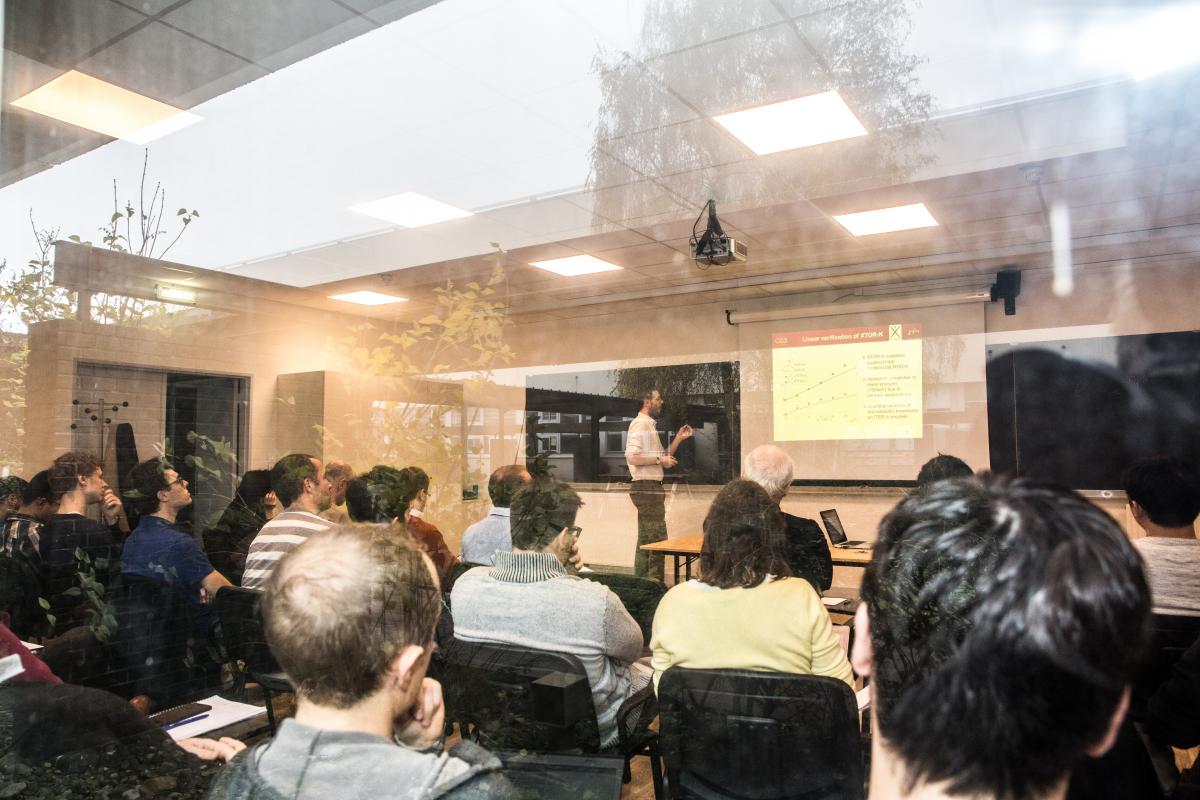
La Journée des Thèses a eu lieu au CPHT le jeudi 15 novembre 2018 dans la salle de conférence Louis Michel.
Format : 10 minutes/exposé + 5 minutes pour les questions
10h-12h30 :
· [10h00-10h30] : Rencontre entre les doctorant.e.s et la DDPD (Direction Déléguée Programme Doctoral)
· [10h30-10h45] Luca CIAMBELLI : AdS/CFT : The fluid road to holography
· [10h45-11h] Ariane SORET : Superconductivity and out-of-equilibrium systems
· [11h-11h15] Jan MAELGER : QCD from perturbation theory
· [11h15-11h30] Pablo GUERRERO RODRIGUEZ : The non-linear regime of quantum chromodynamics in the context of relativistic heavy-ion collisions
· [11h30-11h45] Guillaume BROCHARD : Kinetic effects of energetic particles on magneto-hydrodynamics instabilities in tokamak plasmas
· [11h45-12h] Jakob STEINBAUER : Slave-rotor techniques in many-body electrons systems
· [12h-12h15] Quentin BONNEFOY : Topics in BSM physics
· [12h15-12h30] Julien DESPRES : Far-from-equilibrium dynamics in quantum lattice models
12h30-14h : pause
14h-15h30 :
· [14h-14h15] Hepeng YAO : Low dimensional ultracold atom gases
· [14h15-14h30] Grégoire VARILLON : Non-modal hydrodynamic stability analysis for ablation flows relative to inertial confinement fusion
· [14h30-14h45] Fan YANG : Topological phases and interaction effects
· [14h45-15h] Marcello TURTULICI : "Ab-initio" materials simulations for correlated electron systems with vacancies
· [15h-15h15] Mufei LUO : Auto-resonance in three-wave interactions with bandwidth
· [15h15-15h30] Charles MARTEAU : Flat holography
15h30-15h45 : pause
· [15h45-16h] Thibaut COUDARCHET : Cosmological Higgs mechanism and dark matter creation in a string theory framework
· [16h-16h15] Philipp KLEIN : Topological effects in layer systems
· [16h15-16h30] Dung LE : QCD at high energy and high density: theory, links with statistical physics problems, and phenomenology
· [16h30-16h45] Louis VILLA : Strongly interacting quantum systems in 1d
16h45 : goûter

